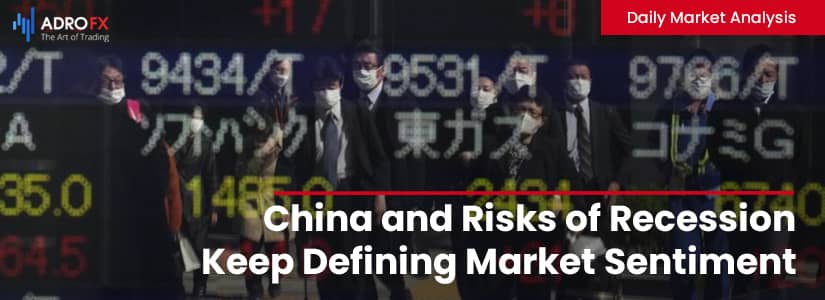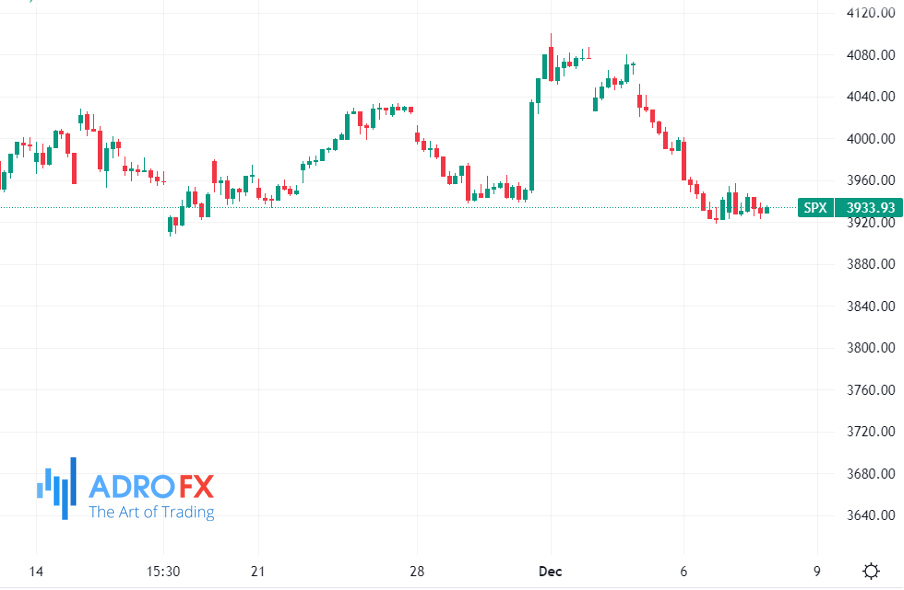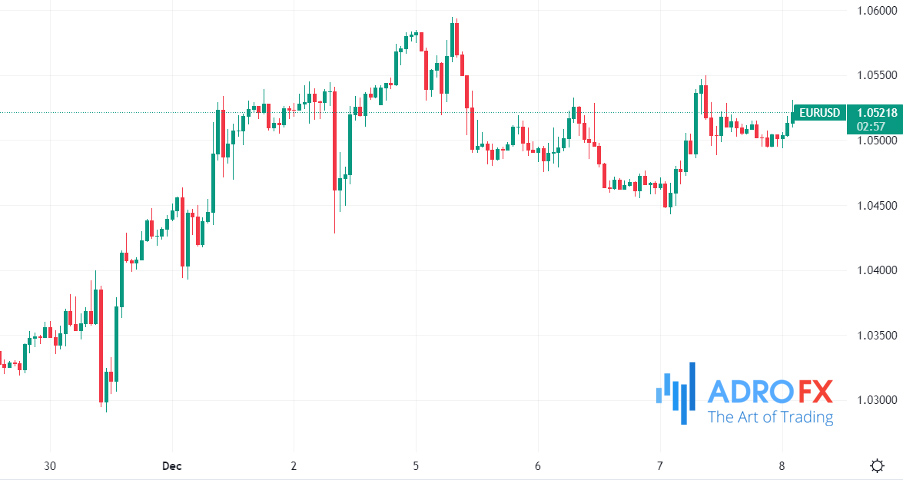China and Risks of Recession Keep Defining Market Sentiment | Daily Market Analysis

Key events:
- Eurozone – ECB President Lagarde Speaks
- USA – Initial Jobless Claims
European markets continued their third consecutive day of declines yesterday amid concerns over weak economic data and a tighter inflation outlook, while the U.S. markets also continued their losing streak with the S&P 500 index closing lower for the 5th consecutive day.

There are no significant trends in the markets at the moment, which is not surprising given the central bank decisions coming up next week, and we are likely to continue to see further volatility in the coming days.
Crude oil prices have hit their lowest levels this year for the same reasons, as rising recession risks have outweighed any optimism about Chinese economic growth resuming.
Yesterday's trade figures for November reinforced the idea that while the Chinese authorities are going to be more pragmatic about their current policies, the economy has a long way to go in returning to a more stable growth trajectory.
At the same time, easing pandemic restrictions and fears of a global recession continue to stimulate markets. Stocks in Hong Kong are rising after media reports that mask-wearing requirements will be lifted. Elsewhere in Asia, sentiment is warier, with European stock futures turning red and the euro weakening slightly against the dollar. Analysts maintain their call for a weaker euro/dollar pair next year in the context of a divergent path out of the coming recession and Europe's long-term energy problems.

Yesterday, the Bank of Canada raised its discount rate by 50 bps in a decision that was widely expected, and markets and analysts were split between 25 bps and 50 bps. Meanwhile, the sentence "Going forward, the Governing Council will consider whether further interest rate hikes are necessary to rebalance supply and demand and return inflation to target levels" clearly indicates that the Bank of Canada is pondering whether interest rates have now reached their peak. Also, prior to this meeting, we had assumed that a 50 bps rate hike would be the last in this cycle; we maintain that view. This was an interim meeting with little other news than the usual press statement. The Bank of Canada's next monetary policy decision will be at the end of January next year. The initial rally in the CAD currency and the rise in CAD rates quickly came to naught as markets digested the rather soft outlook. Falling oil only contributed to the reversal.

U.S. 10-year bond yields also continued to decline, reaching their lowest level since mid-September at 3.41%, amid recession fears and uncertainty about the implications of further aggressive tightening as we await November CPI data next week.
The U.S. dollar, on the other hand, reversed Tuesday's gains as currencies continued to fluctuate ahead of important central bank decisions and key economic announcements next week.
The only important data today are the weekly U.S. jobless claims, which are expected to rise from 225,000 to 230,000, with 1.6 million continuing applications, and the ECB president's speech.









